With a culture like no other, ‘the land of the rising sun’ offers extraordinary adventures for every mood. Raise the tempo with energetic drumming sessions, bullet-train journeys and downhill skiing through pristine powder, then slow things down with meditative temple visits and mindful arts and crafts masterclasses.
LEARN HOW TO MAKE SUSHI
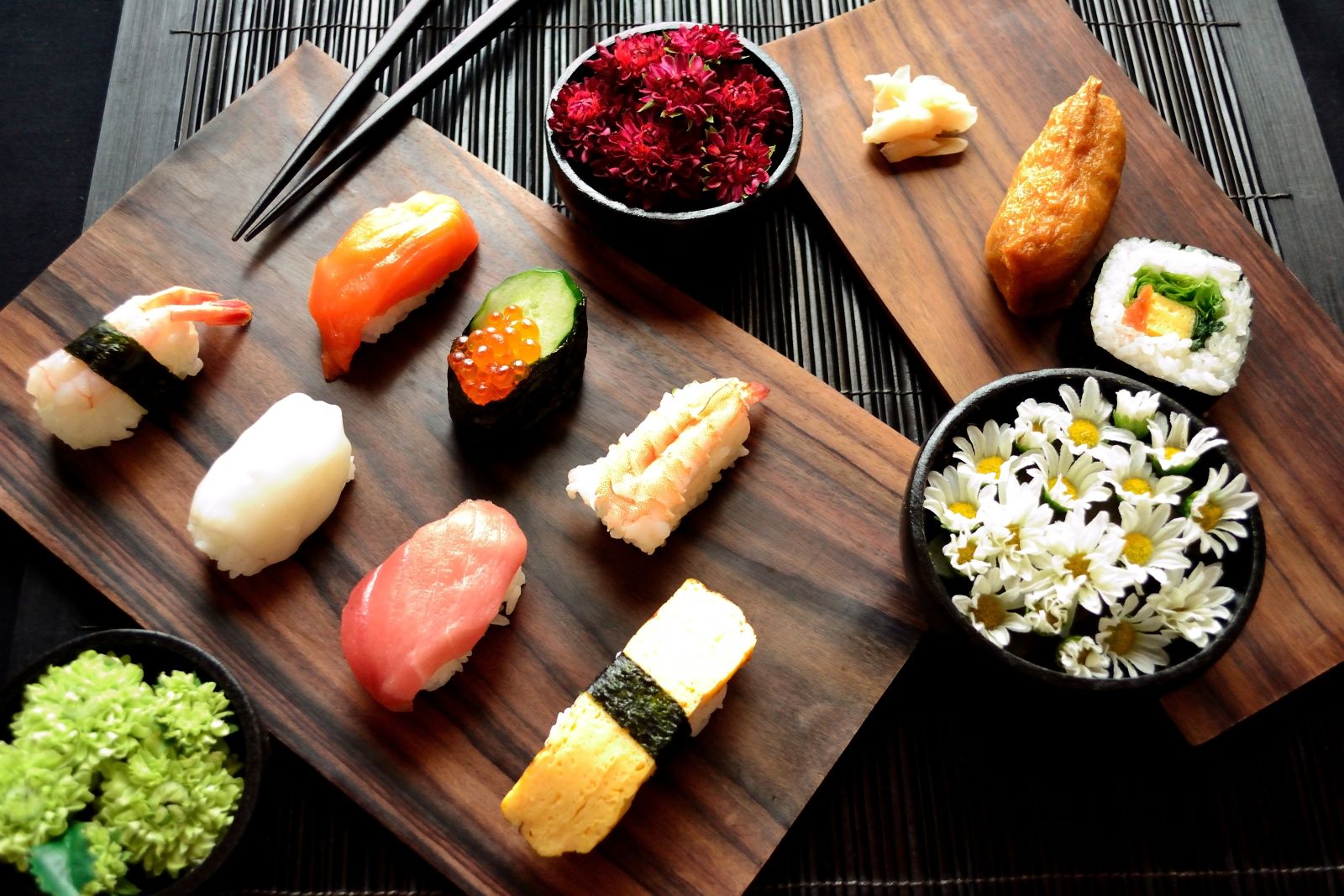
Almost as popular abroad as it is in its birthplace, sushi is Japan’s most famous culinary creation, and learning the basics of making it provides an intriguing insight into the country’s culture. With the help of a skilled specialist – it takes up to ten years to earn the title of itamae, or sushi master – you’ll prepare several well-known varieties. The most classic of all is nigiri, the original version invented in the 1820s: a hand-pressed roll of vinegared rice topped with anything from seafood to tofu. You’ll also try your hand at variations such as the ball-shaped temari and the cylinder-shaped, nori-seaweed-wrapped gunkan maki, along with common side dishes such as miso soup, getting a gentle history lesson as you go. Once you’ve finished your mini masterpieces, you’ll be able to sit down and enjoy them with the usual accompaniments of pickled ginger, soy sauce and spicy wasabi paste, plus a drop of sake. Read about our Japan specialist's experience making sushi during his recent visit here.
BACK TO TOP
TAKE PART IN A TRADITIONAL TEA CEREMONY
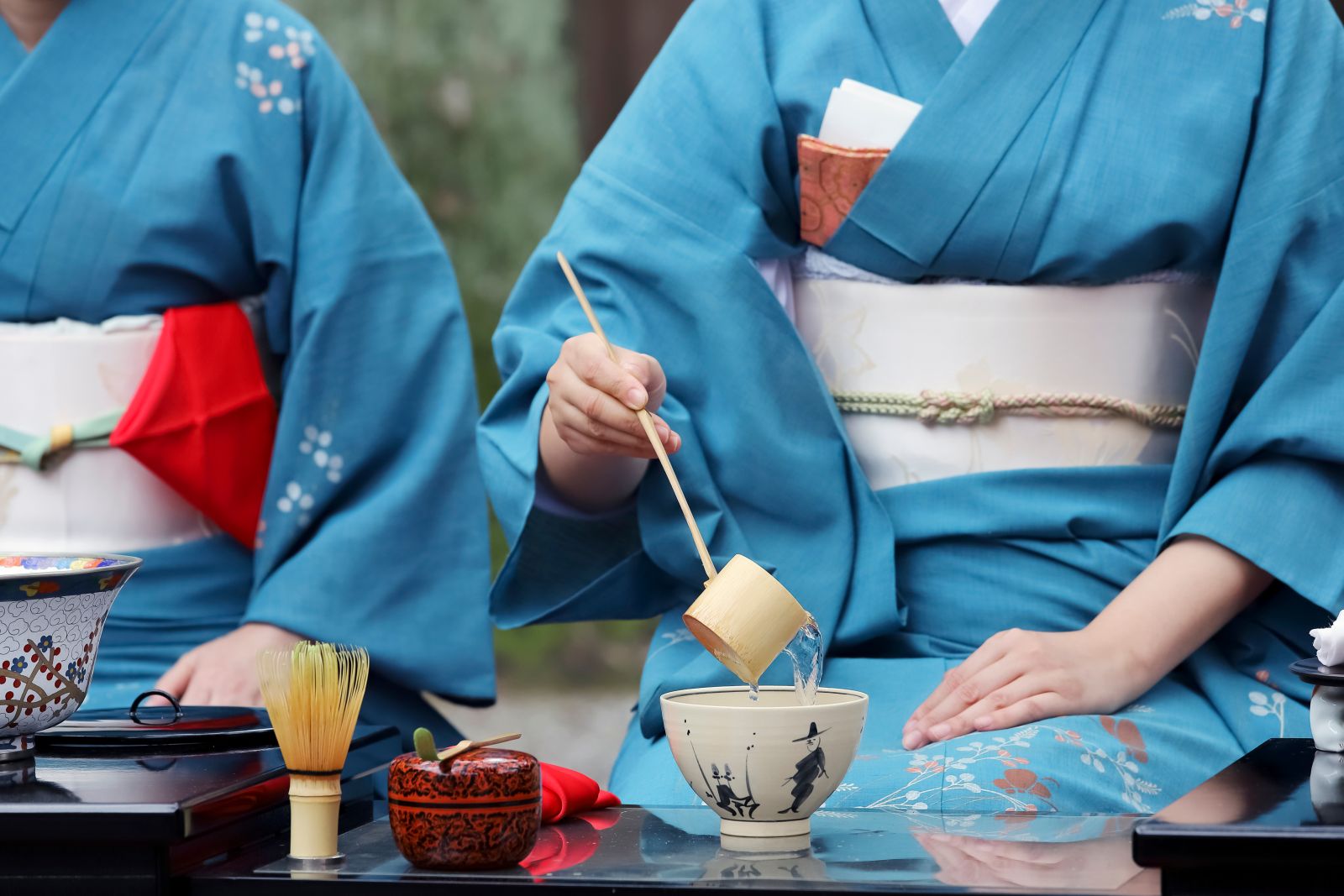
Immerse yourself in ‘the way of tea’ on a private visit to a machiya, one of the traditional wooden townhouses that line the streets of Kyoto’s historic districts. You’ll begin with a look around the house itself with its typical exposed beams, spare furnishings and courtyard garden. After that, you’ll be carefully dressed in a colourful kimono fastened with an obi sash – something of a performance in itself – before taking part in the refined and elaborate ritual of the tea ceremony. There’s something hypnotically soothing about watching the various steps as the powdered green tea, or matcha, is swirled to super-smoothness with a traditional bamboo whisk – though the bitterness of the finished product may not be to everyone’s taste. Afterwards, feeling suitably serene, you’ll be treated to a delicious light lunch featuring some of the city’s best-known specialities.
BACK TO TOP
DISCOVER THE ART OF CALLIGRAPHY
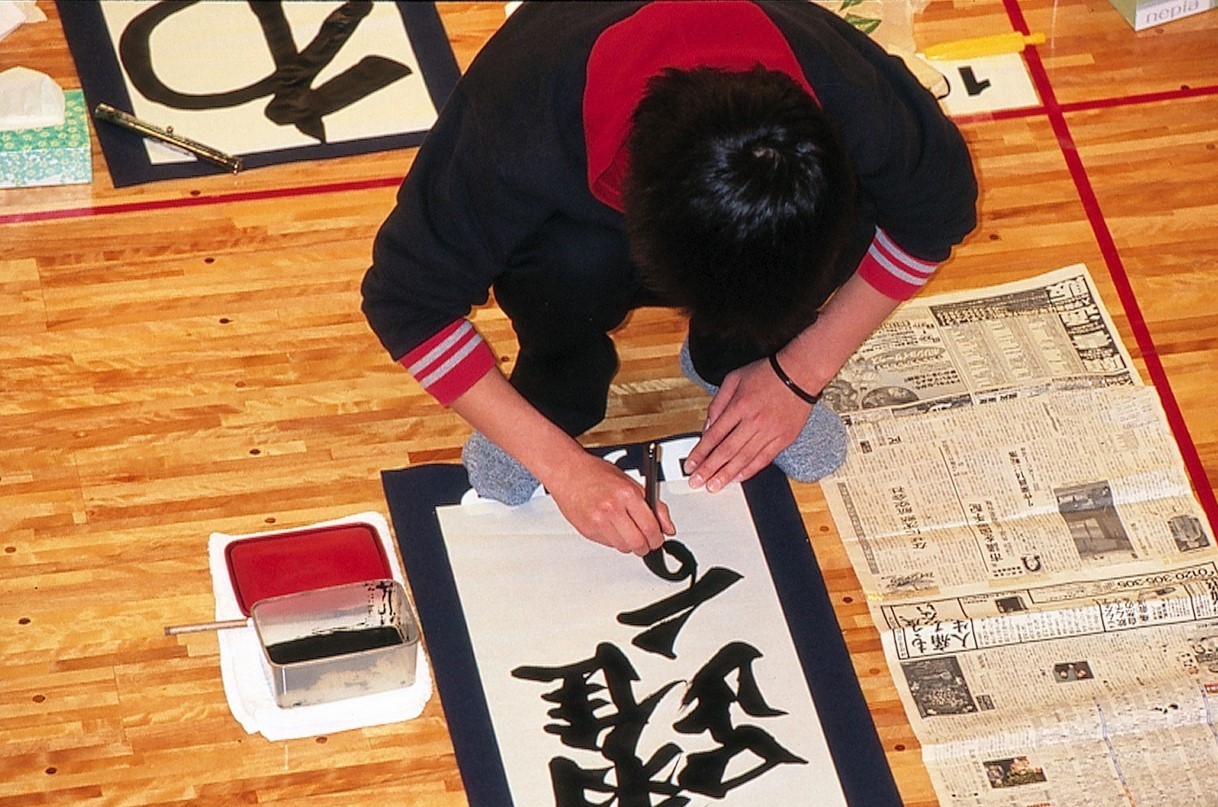
Step away from the non-stop bustle of modern life with a private calligraphy session in a historic corner of Kyoto. Shodo is an age-old practice that’s much more than just a way of communicating, and you’ll start to experience its mindful elements from the moment you pick up your ink-dipped brush to create your first traditional characters. Under the guidance of a highly trained calligraphy master, you’ll learn about the history of writing in Japan, from the kanji that came from China in the 5th century to the hiragana and katakana that developed from it. Most of the time, however, is devoted to putting ink to rice paper, starting with simple lines and progressing to symbols for uplifting words such as happiness and joy. By the end of this meditative class, you’ll be able to write your name in Japanese and have some unique souvenirs to take home.
BACK TO TOP
ENJOY A HANDS-ON RAMEN MAKING LESSON
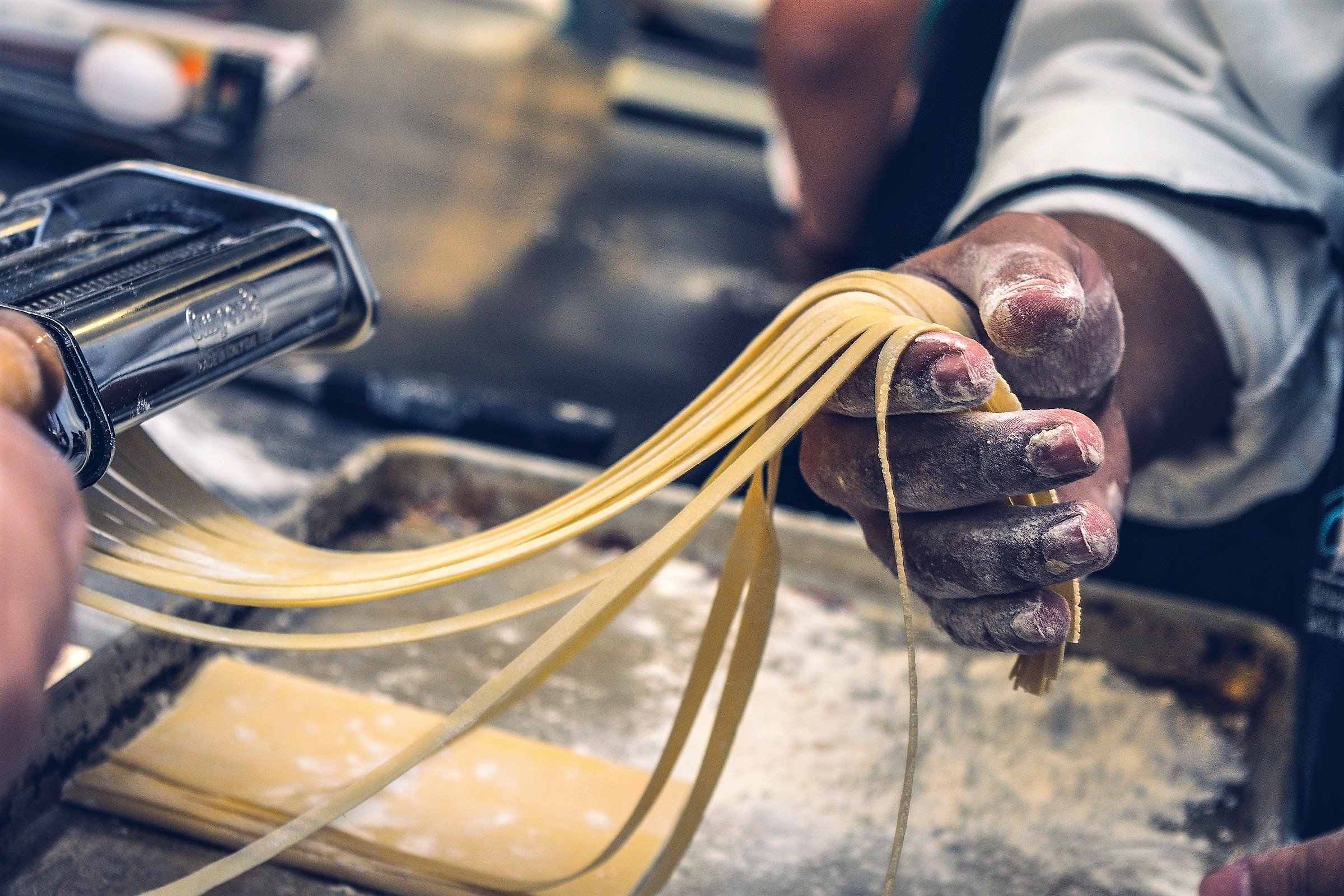
You’re never far from a ramen-ya in Japan. As the name suggests, these casual restaurants specialise in the much-loved noodle soup dish that originated in China but has evolved over the centuries to create a seemingly endless array of local and regional variations. Expand your culinary repertoire – and learn how this humble dish became one of the country’s most widely eaten dishes – with a hands-on cooking session with a master maker. You’ll learn about the basic broths and how to flavour them to perfection, the different varieties of wheat noodles and the vast range of possible toppings from roast pork to dried seaweed. You’ll also discover how to prepare a selection of typical side dishes and how ingredients such as preserved bamboo shoots are made. As you might expect, the workshop ends with a delicious ramen feast in the company of your fellow students.
BACK TO TOP
DESIGN YOUR OWN MANGA CHARACTER
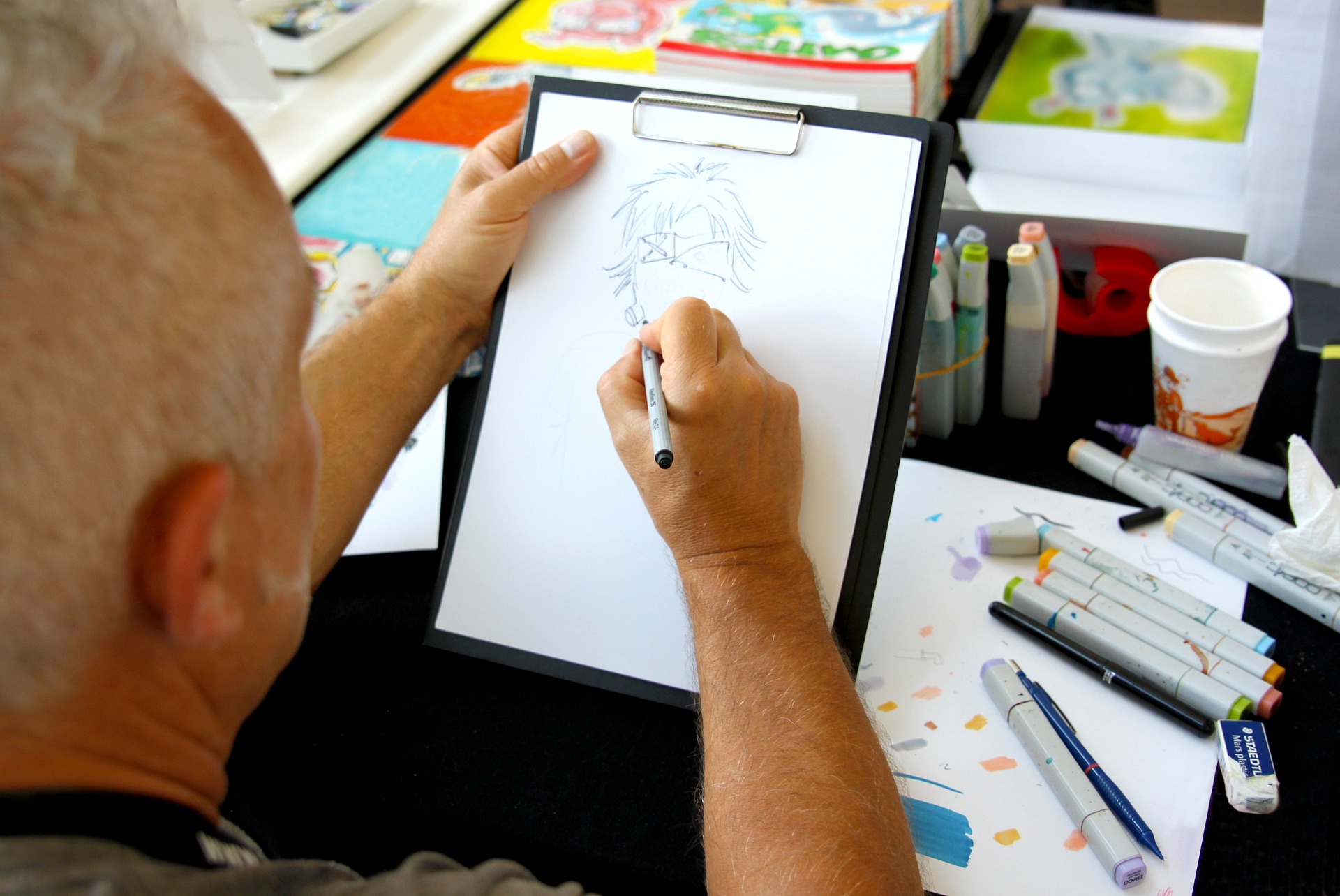
Unleash your creativity with a private lesson from a professional artist who will introduce you to the world of manga, the Japanese comic books that have become a global cultural phenomenon. Covering a huge spread of genres, from sci-fi and horror to history and comedy, what distinguishes manga is the importance of expressive black-and-white line drawing rather than text to create the story. Your mangaka, as manga artists are called, will explain the tools of the trade, from the perfect pens, pencils and papers to screen tone sheets, and show you how to use them to create perfectly proportioned manga characters. By the end of the lesson, you’ll have designed a manga character and, hopefully, acquired enough knowledge to develop them further and maybe even produce your own fully fledged graphic novel after your return home.
BACK TO TOP
VISIT THE SACRED ISLAND OF MIYAJIMA
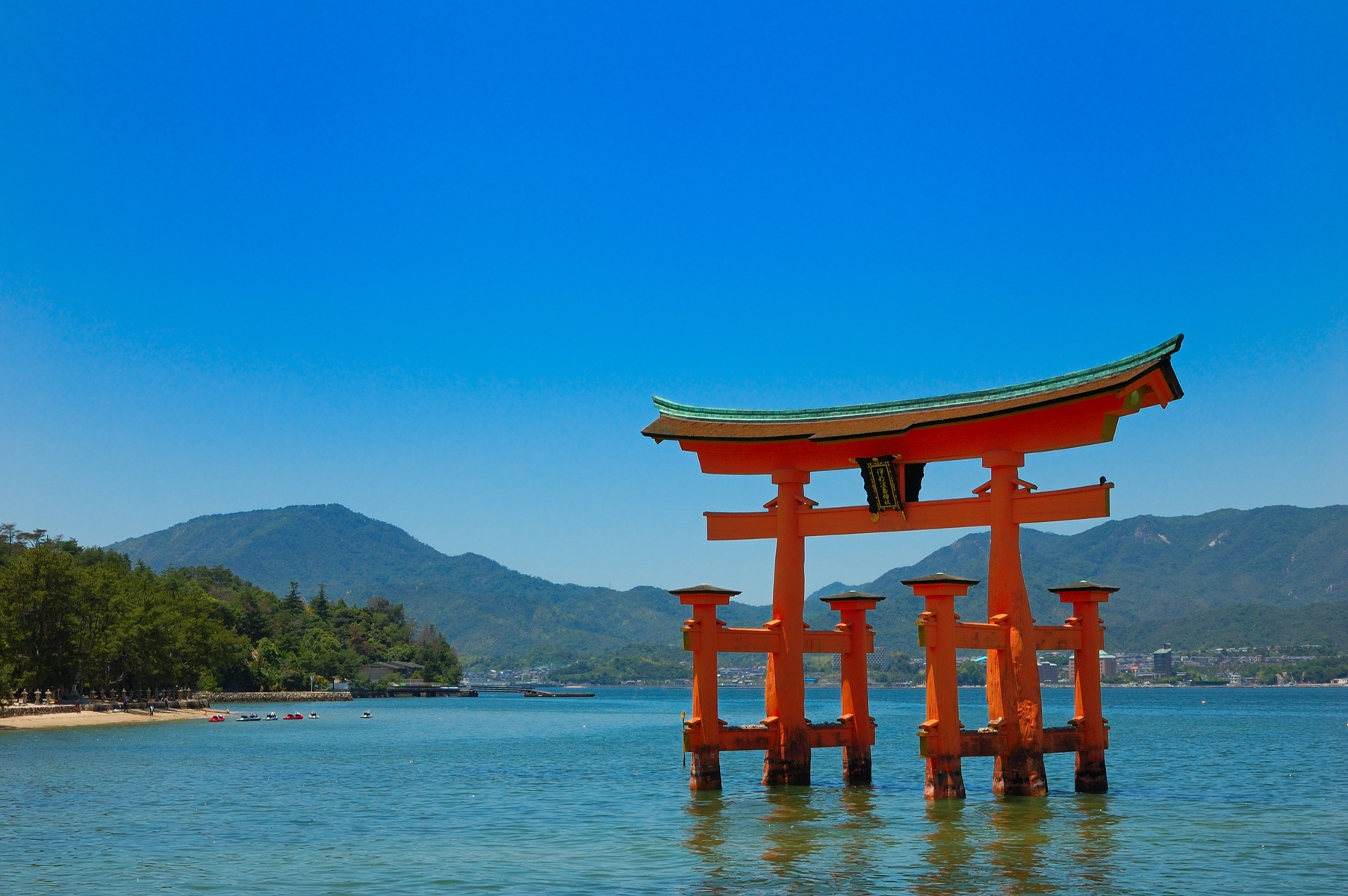
A compact speck of land in Hiroshima Bay, Itsukushima is so blessed with religious sites that it’s better known as Miyajima, the ‘island of shrines’. Soak up its perennially meditative atmosphere with a private visit in the company of an expert local guide who knows every shrine, temple and pagoda intimately. Foremost among them is the UNESCO-listed Itsukushima Shinto shrine and its iconic torii gate, which seem to float above the water at high tide, but there are many other tucked-away holy places to explore inland. Stroll to the foot of Mount Misen where you’ll find Daisho-in, an important Buddhist temple. From here, a cable car will whisk you to the summit for breathtaking panoramas over the Seto Inland Sea. Descend on foot along forest paths where sika deer wander; you can reward your efforts at ground level with local delicacies such as oysters and momiji manju, stuffed buckwheat and rice cakes shaped like maple leaves.
BACK TO TOP
GET HANDS ON WITH TAIKO DRUMS
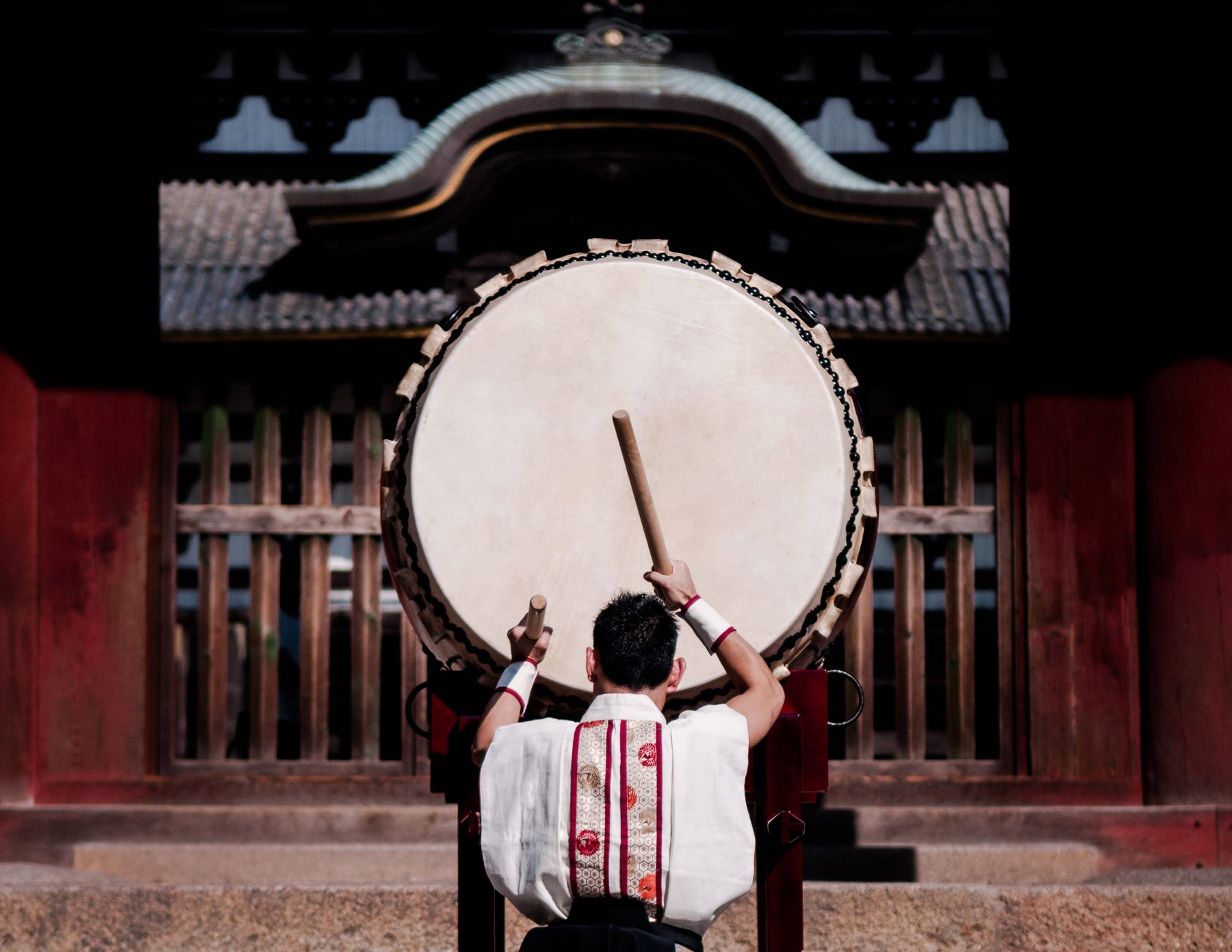
Launch yourself into a musical experience with a difference with a private taiko drumming class. In Japanese, taiko is the name for a wide range of drums that trace their development back to at least the 6th century, whose thundering tones have long been a feature of military, imperial and religious events and festivals. In more recent times, the word has come to be associated with ensembles of players using different-sized drums to dramatic effect. During your session, you’ll discover how to hold the sticks and hit the drum correctly, learn some of the choreographed movements that are a feature of the kumi-daiko style of playing, and then tackle a full piece. As you’ll quickly realise, you use every muscle of your body, making it as much a workout as a music lesson, so we suggest you dress appropriately and bring a change of clothes and a towel.
BACK TO TOP
BECOME A NINJA FOR THE DAY
.jpg)
Spend the day training at a Tokyo ninjutsu workshop with members of an authentic ninja clan who can trace their history back to 1583. Ninjas or shinobi were the masters of covert warfare in feudal Japan, trained in spying, reconnaissance, ambush and deception as well as martial arts. This helped to earn these dark-clad warriors a special place in popular culture, which credited them with all kinds of supernatural abilities, such as walking on water and invisibility. Discover some of their less arcane talents with hands-on training in essential skills such as stealth, and try your hand at traditional ninja weapons such as throwing stars, silent blowguns and swords under the watchful eye of an expert. You’ll also learn about ninjas’ spiritual side, including various powerful meditation techniques. This exciting and memorable experience makes it the perfect option for family holidays in Japan.
BACK TO TOP
RIDE THE BULLET TRAIN ACROSS JAPAN
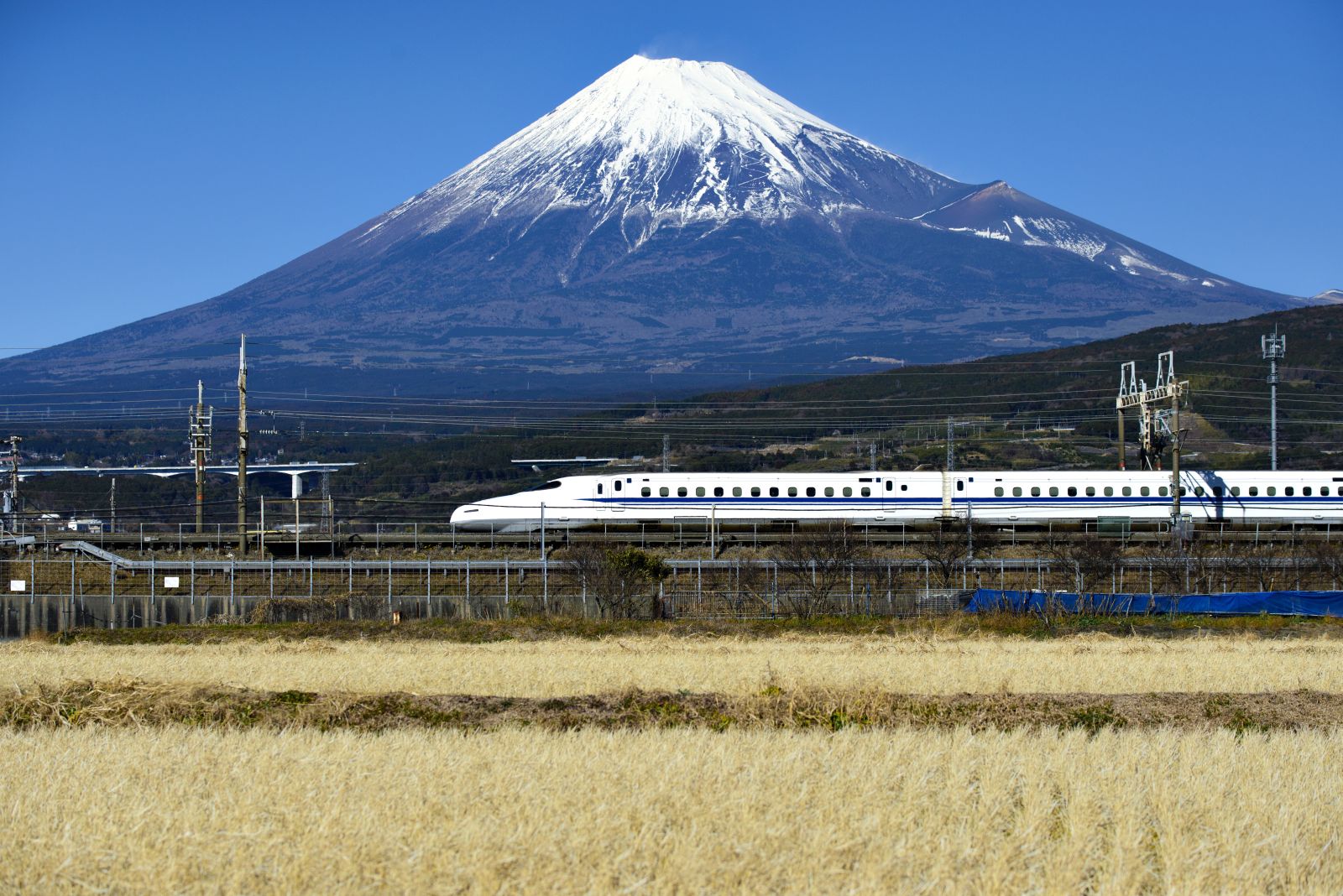
Japan’s famous needle-nosed bullet trains are a boon to time-pressed travellers and an experience in their own right. A triumph of engineering, the super-reliable shinkansen high-speed railway whisks passengers in comfort and safety between the major cities at speeds of up to 199 mph, cutting the 310-mile journey from Tokyo to Kyoto – with classic Mount Fuji views en route – to as little as two hours. The Japanese concept of wholehearted hospitality is as much in evidence when you go by train as anywhere in the country, as evidenced by the beautiful bento lunch boxes, or ekiben, sold at the major stations (though the shinkansen also have an on-board food cart). The containers are as immaculate as the delicious contents, and you may even find one shaped like a bullet train. For ultimate ease, travel in the Green Carriage and use the Black Cat luggage service, which takes your big bags by road.
BACK TO TOP
SKI THE BEST POWDER IN THE WORLD
.jpg)
Head to Niseko on Japan’s northern island of Hokkaido to experience what many consider the best powder skiing and snowboarding on the planet. Every winter, on average, it gets around 15 metres of snow, but it’s the quality and reliability of that snow that attracts powder hounds from across the globe between November and May. You can hit the trails of all three of the area’s major resorts – Grand Hirafu, Niseko Village and Annupuri – courtesy of the Niseko All Mountain Pass. Aside from the long ski runs, with options for all levels of ability from novice upwards, the big thrill of Niseko is the opportunity to head off-trail, something of a rarity in Japan. You can plunge into the scenic backcountry just beyond the resort gates with an expert guide or hitch a ride in a helicopter to a dormant volcano for maximum thrills. Visit in January and February for the best possible conditions. If you can't make it during this window, consider Japan in autumn or cherry blossom season.
BACK TO TOP
ATTEND A SUMO WRESTLING TOURNAMENT
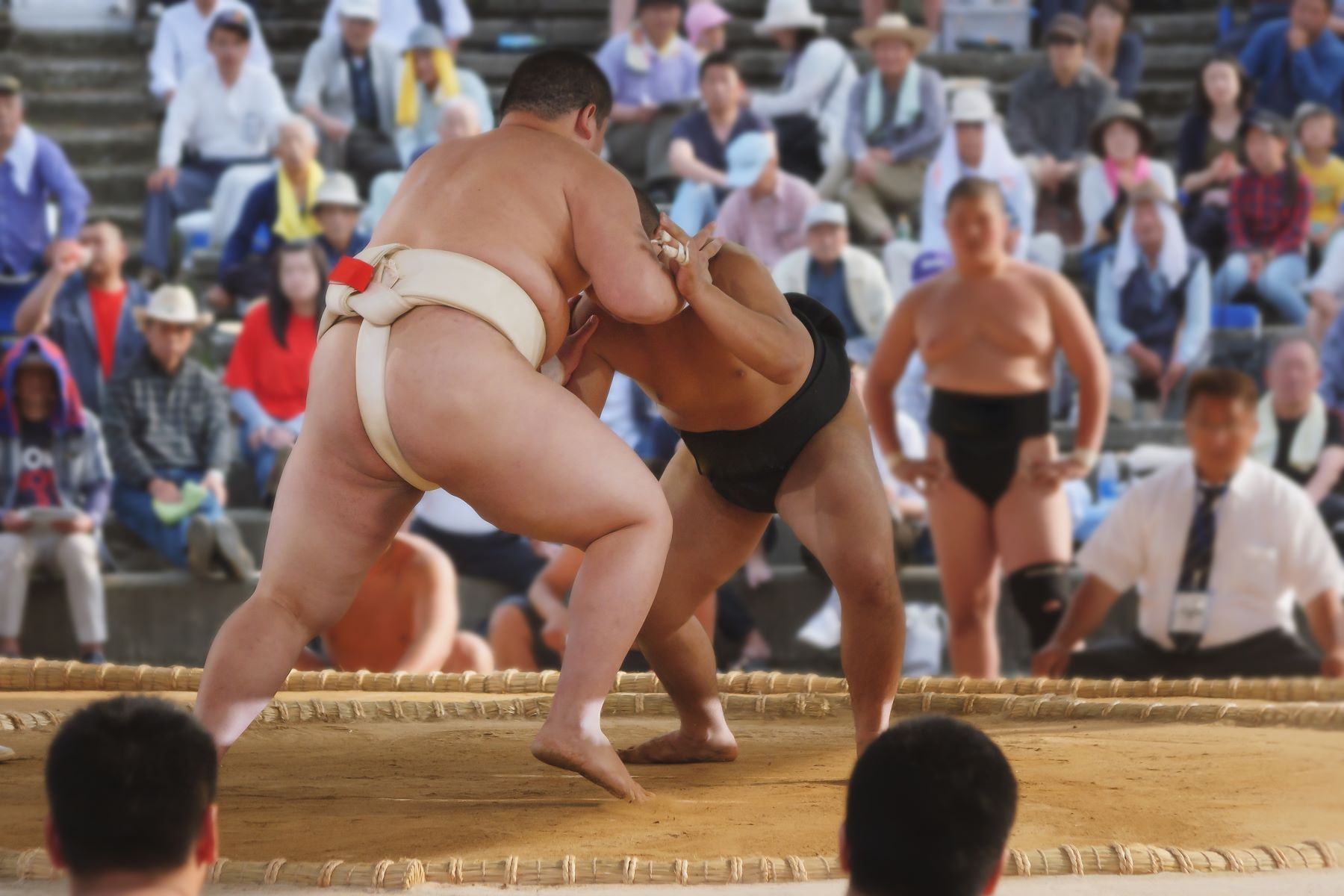
Sumo is Japan’s national sport, and an evening at a tournament in Tokyo’s Ryogoku Kokugikan stadium offers a glorious mix of entertainment, history and culture. This unique form of full-contact wrestling began in prehistoric times as a dance to the gods to ensure a good harvest, though the first recorded match took place a mere 2,000 years ago. You’ll see traces of its long and fascinating history in its host of rituals, including the symbolic purifying of the ring with salt before each bout and the traditional shikiri warm-up routine. If you want to learn more, there’s a dedicated museum at the stadium. Even more revealing is a stop at one of the sumo stables where the wrestlers lead a highly regimented existence – including compulsory topknots, no breakfast and definitely no driving. There are six major tournaments (honbasho) a year in Japan, three of them in Tokyo (January, May and September) and tickets for the two-week events are highly prized.





















